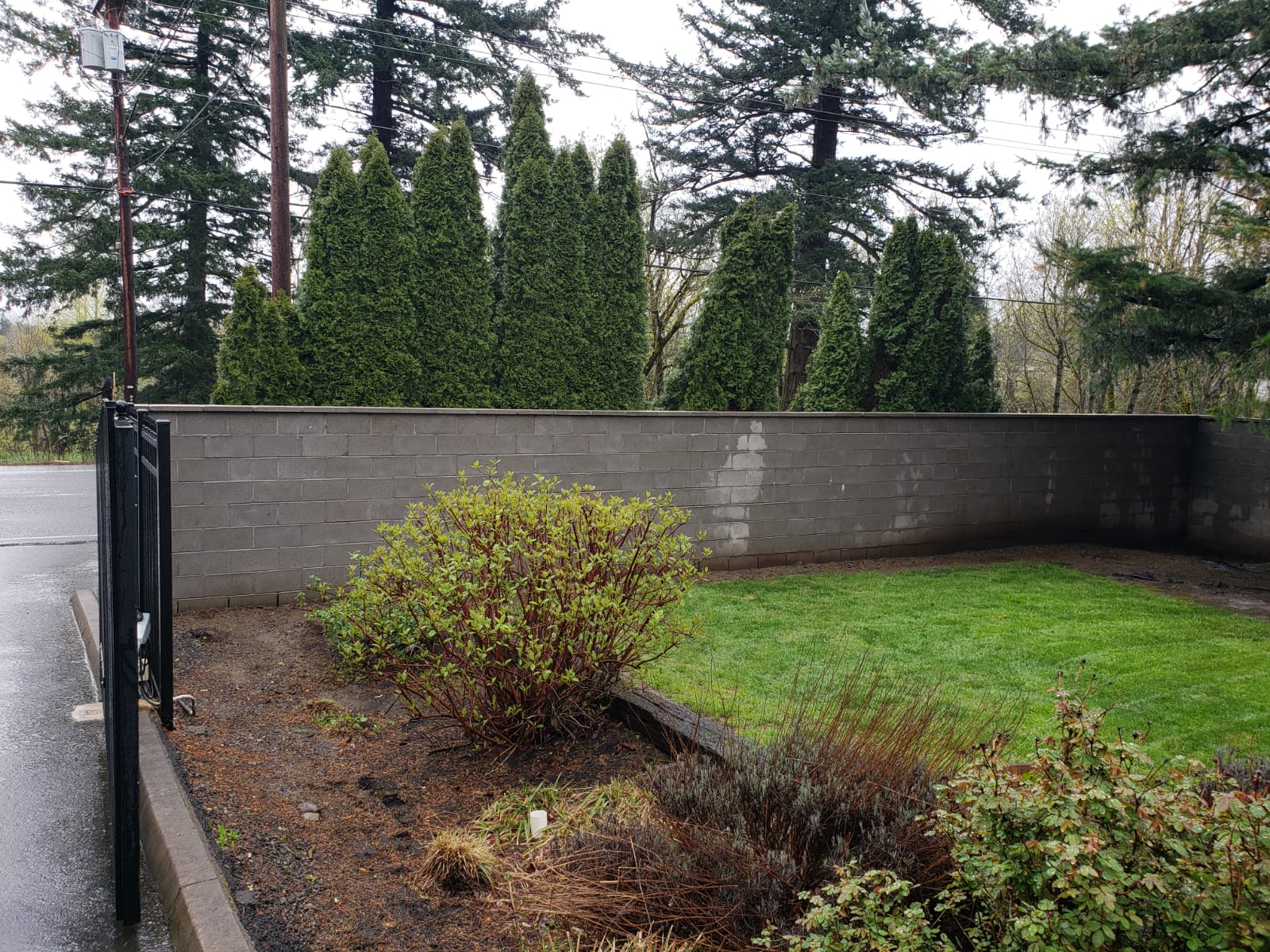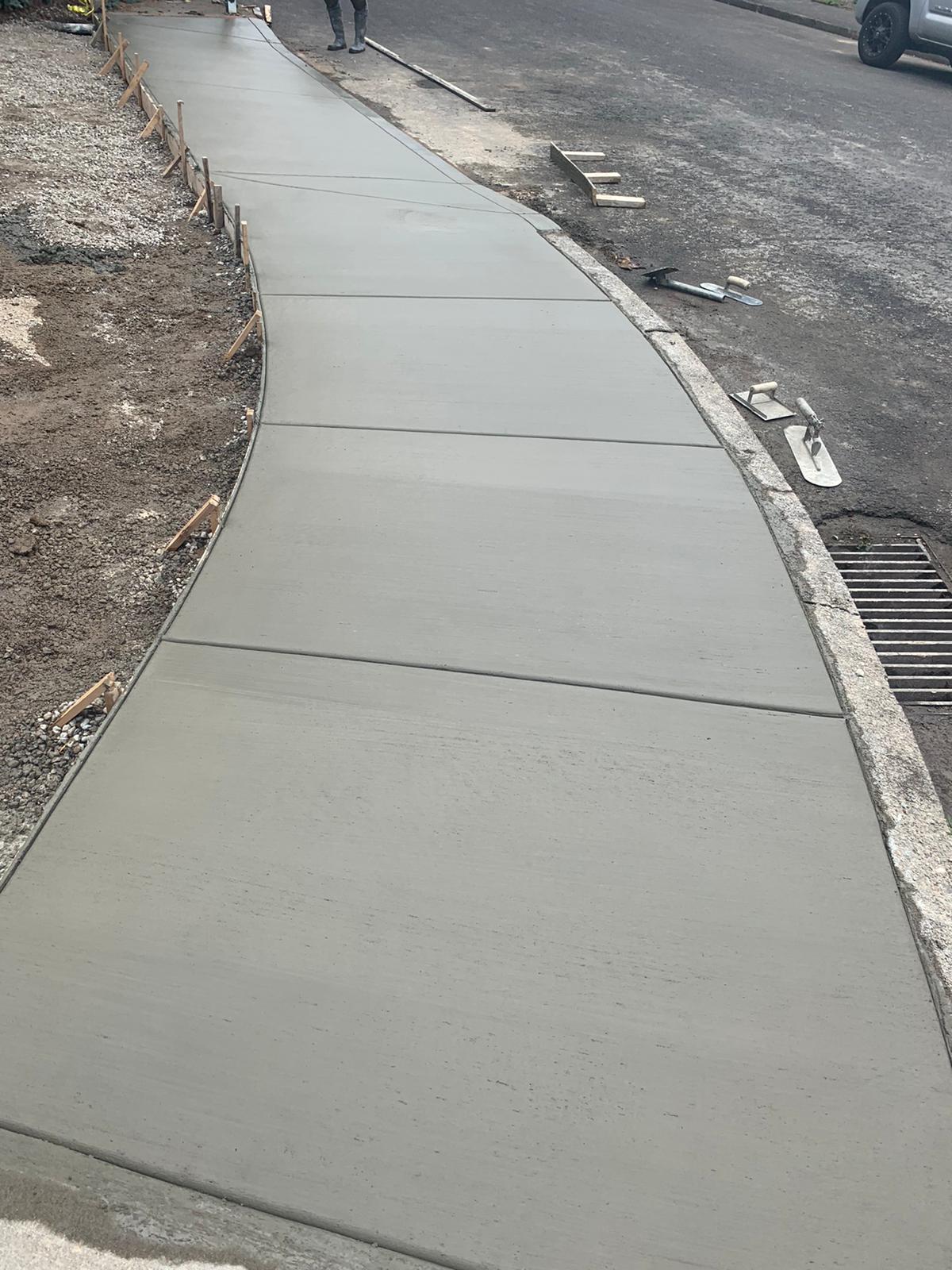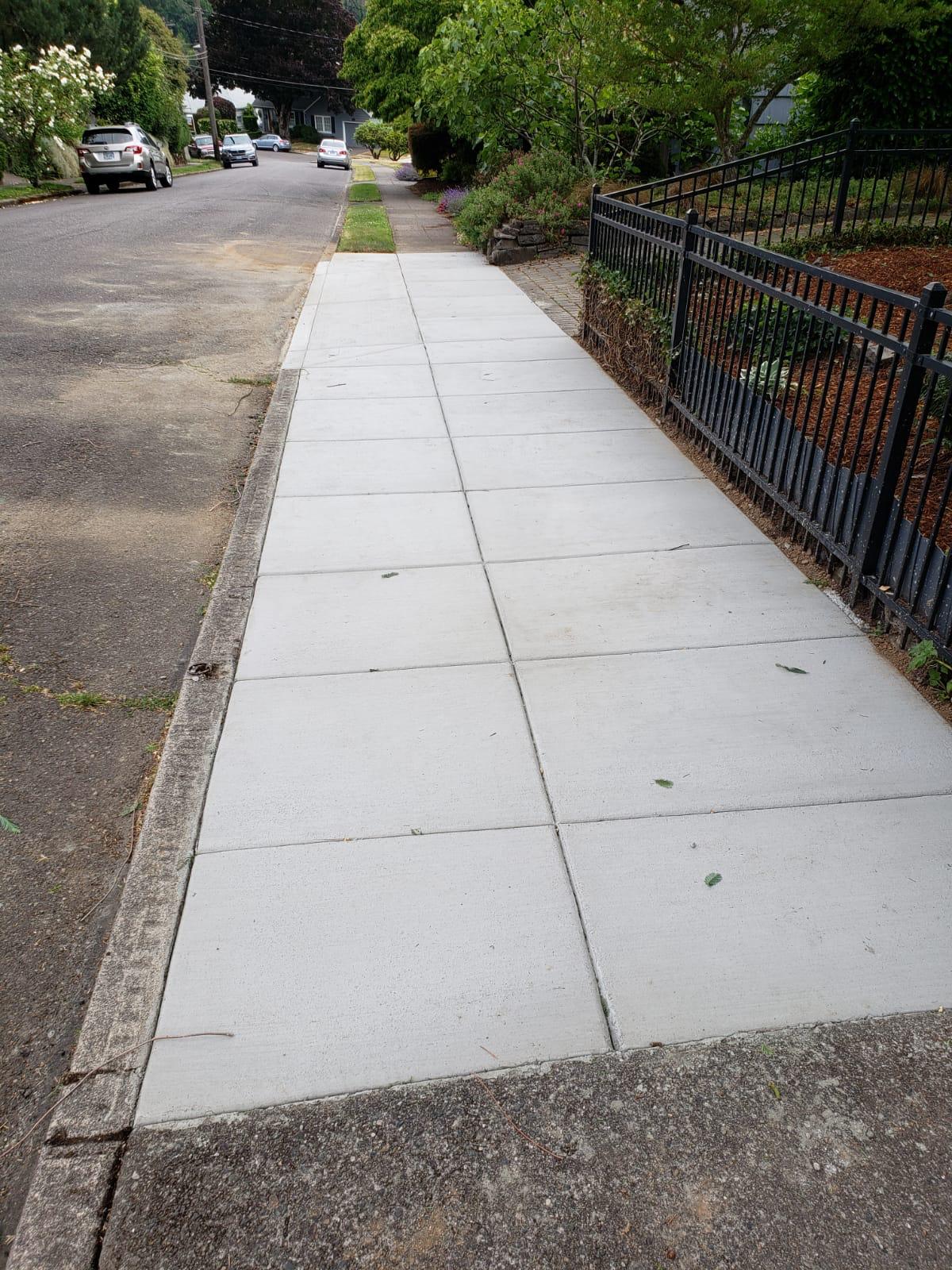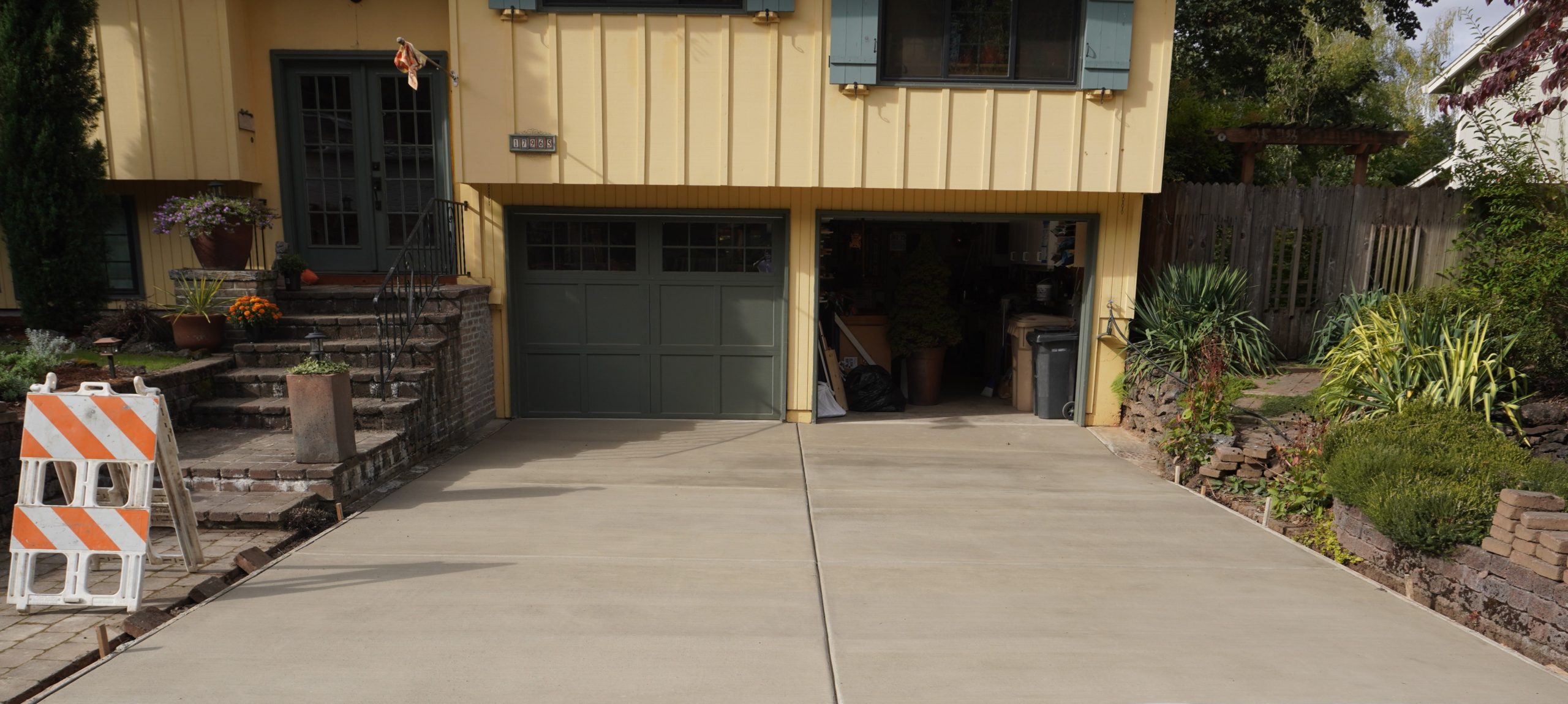Did you know that more than 25% of all new home construction in Portland is a patio? It’s no wonder, given the city’s climate and topography. Fortunately, retaining walls are an excellent way to create usable outdoor space on sloping properties without resorting to expensive excavation or earthwork. Here we will discuss how to build a concrete retaining wall for your Portland patio. Retaining walls are most commonly made from concrete or masonry, but there are many other materials you can choose from to suit your needs and budget. Hire the best driveway concrete contractor Portland to get top-class services. Keep reading for advice on different types of retaining walls and what you should consider before getting started.
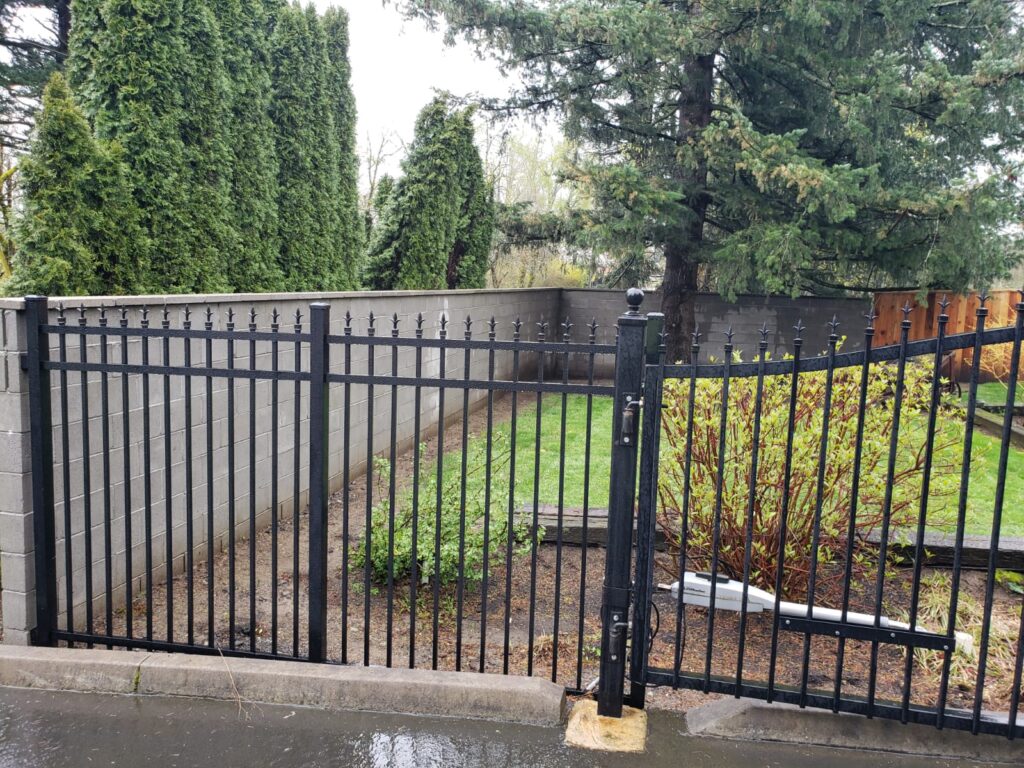
What is a Concrete Retaining Wall?
A concrete retaining wall is a structure that prevents soil erosion, stabilizes the soil in place, and provides structural support for any paved surfaces on your property. A concrete retaining wall can also serve as a retaining barrier for lawns and plants.
Concrete Retaining Wall Basics
A concrete retaining wall is a structure that holds back soil from a construction site or steep slope. A typical wall is made from fitted stones, blocks, bricks, or poured concrete. There are many advantages to using concrete for your patio retaining wall. It’s cost-effective, durable and sustainable. It can also be used as a decorative design element in creating garden walls and borders, as well as other types of exterior construction projects. While there are many different designs and shapes you can create with this type of wall, it’s important to take into account the weight of your material when planning its placement. The weight of the wall will depend on two factors: how deep the wall needs to go into the ground to support its weight (proportionate to its height), and the density of the material you choose (denser materials will have more weight). You’ll need to make sure that your chosen design allows for enough structural support so that the earth doesn’t come tumbling down!
How to Build a Concrete Retaining Wall?
First, you will need to choose your materials. There are many different options when it comes to concrete retaining wall materials, with the cost varying based on the type and quantity used. For this project, we will be using a precast concrete wall system. Next, you need to figure out how high you want your wall to be and mark that height on the ground at the base of your property. This will help you make sure the top of your wall won’t extend past your privacy fence or other boundaries.
Installing a Drain in your retaining wall
Before installing a stone or concrete retaining wall, it’s important to install a drain. A drainage system will help prevent water from sitting in your retaining wall over the winter and causing it to freeze and expand, potentially breaking the wall. You may also want to consider installing a gutter system or other means of directing runoff away from your house. A simple way to install a drain is by digging an 18-inch-diameter hole in the bottom of the trench and placing a perforated pipe of 16-inches deep into the hole. The pipe should extend outward at least 6 inches past the edge of the trench on either side, so that water can flow out freely. Once you’ve installed this pipe, cover it with gravel. If you prefer, you can use larger gravel to create an even deeper bed for drainage. This will provide more surface area for rainwater to flow through before it reaches your wall. Your professional and experienced driveway concrete contractor Portland can guide you in a better way.
Conclusion
Now that you know how to build a concrete retaining wall for your patio, it’s time to get started. After you have them built, you will have a beautiful and functional retaining wall that will make your patio look like a million bucks.

